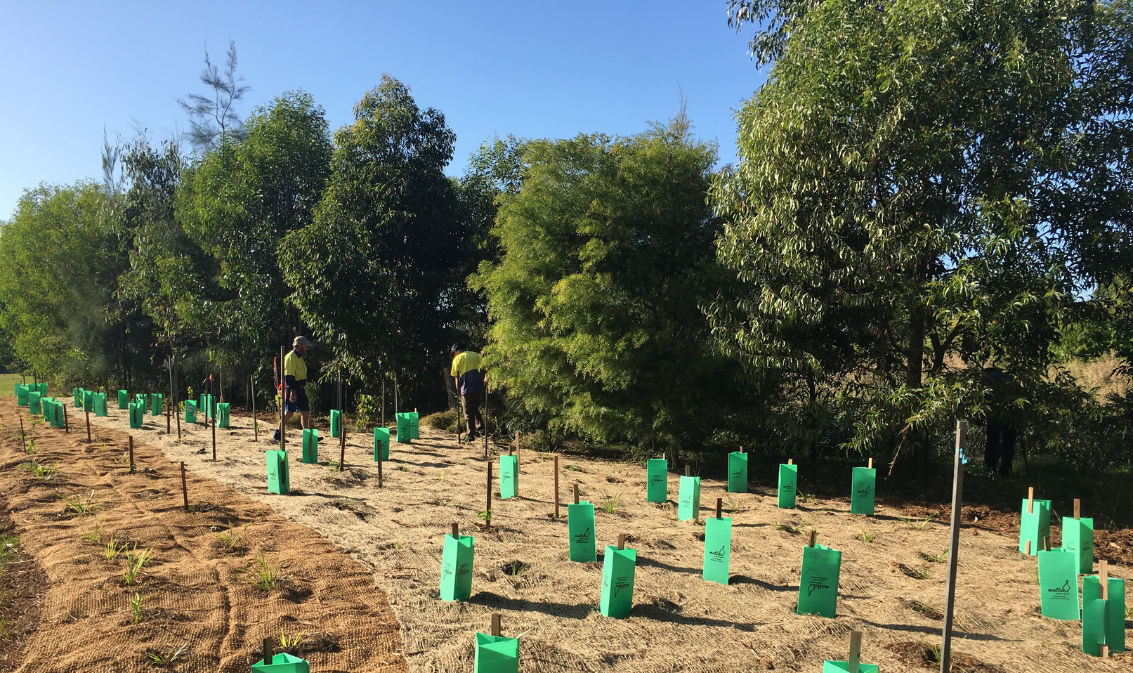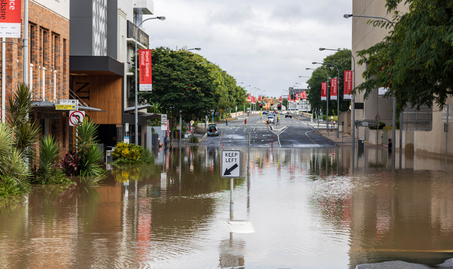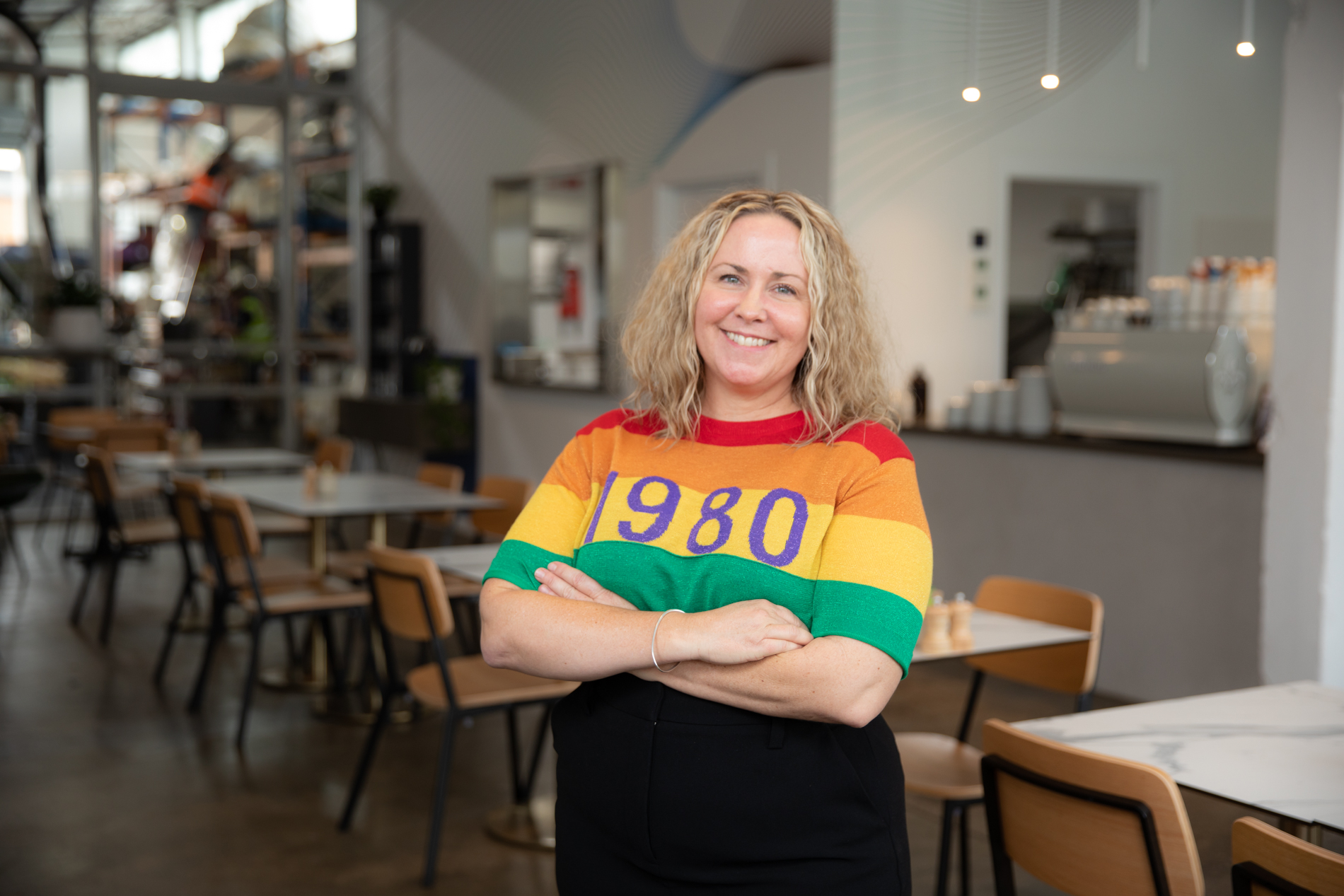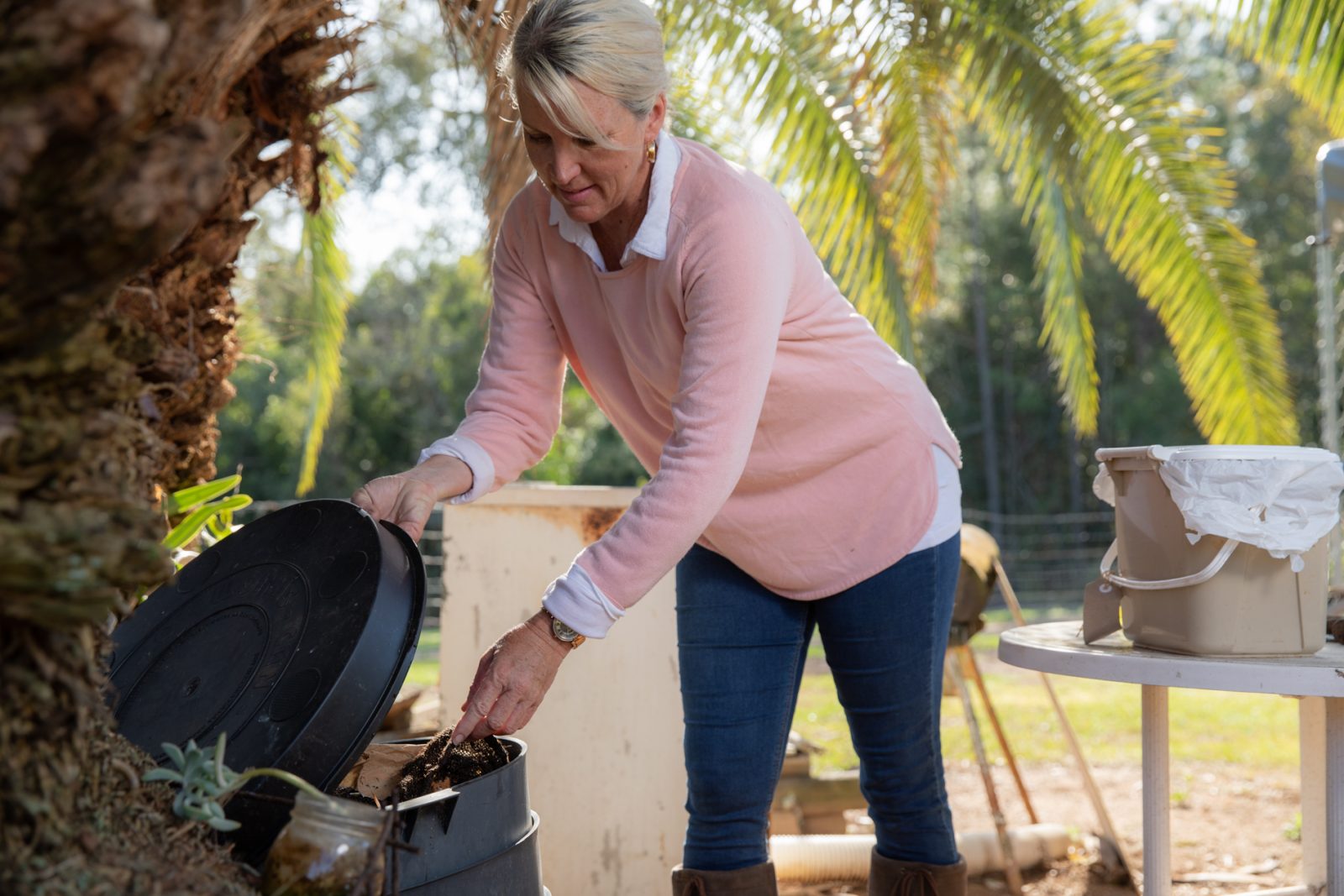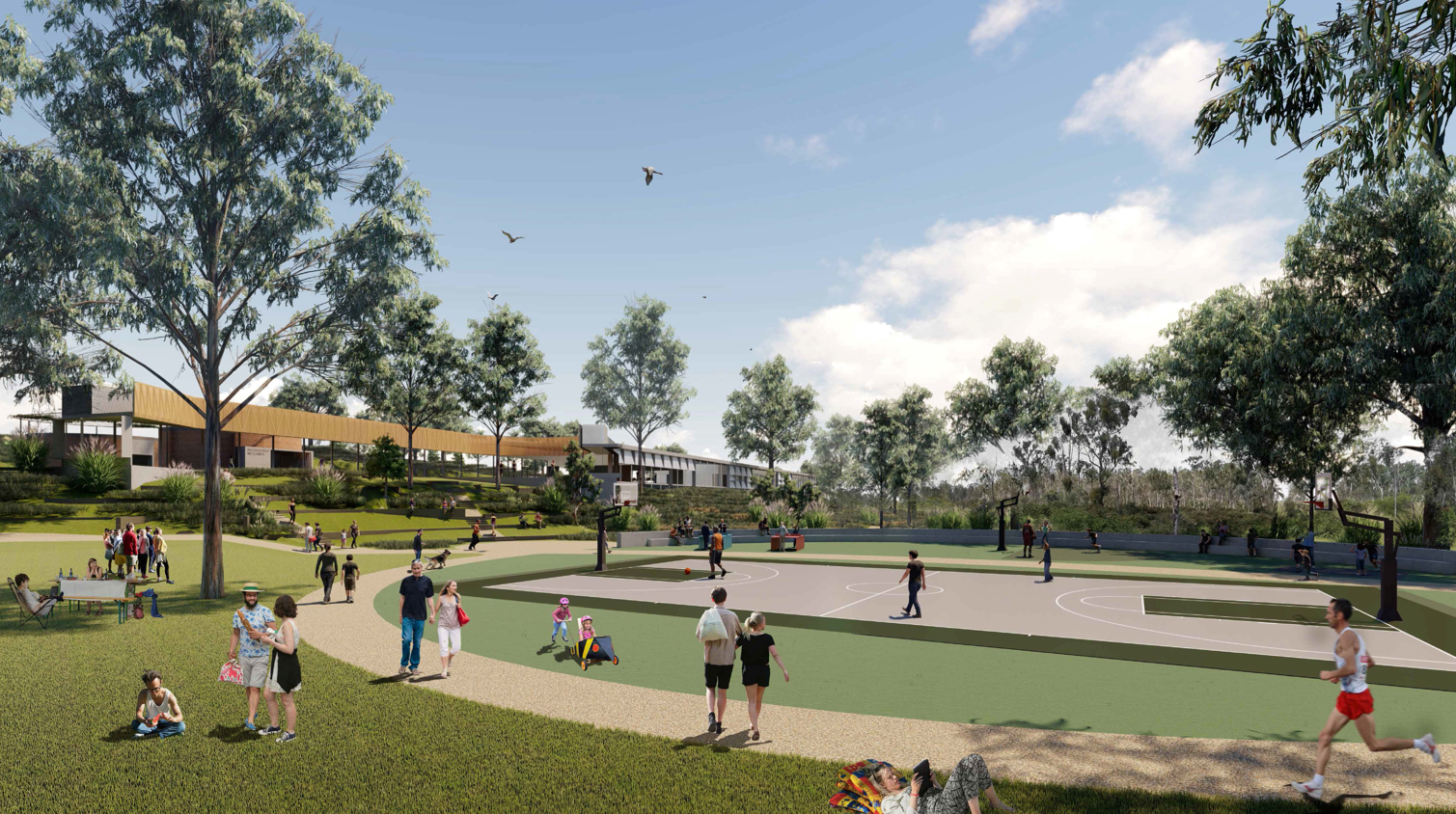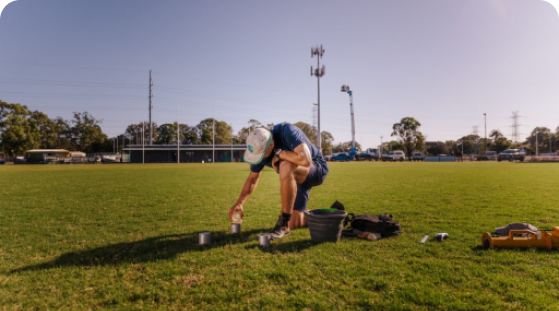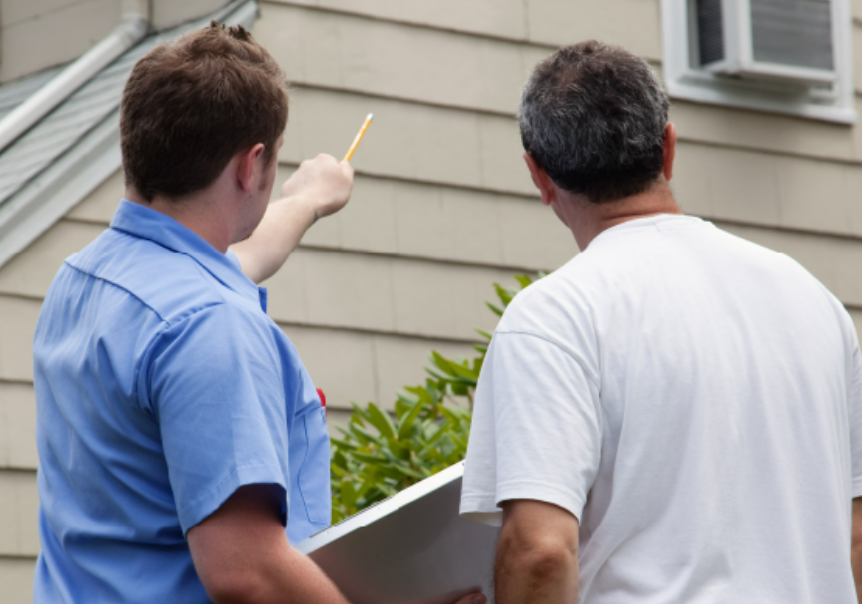Flood Resilient Suburbs – Business Resilience Program
Brisbane City Council is working with Brisbane Sustainability Agency and Brisbane Economic Development Agency to help build flood resilience into the businesses that drive our local economy and give Brisbane its liveable character.
About the program
The Flood Resilient Suburbs – Business Resilience Program is an initiative of Brisbane City Council, delivered by Brisbane Sustainability Agency and Brisbane Economic Development Agency. The Program is designed to help businesses or business property owners prepare for and recover from flooding. Read more information on types of flooding in Brisbane.
For more information, visit Brisbane City Council’s website.
Benefits of the program
Participants choose one of two services offered as part of the program: a Business Flood Resilience Assessment or Business Flood Continuity Planning.
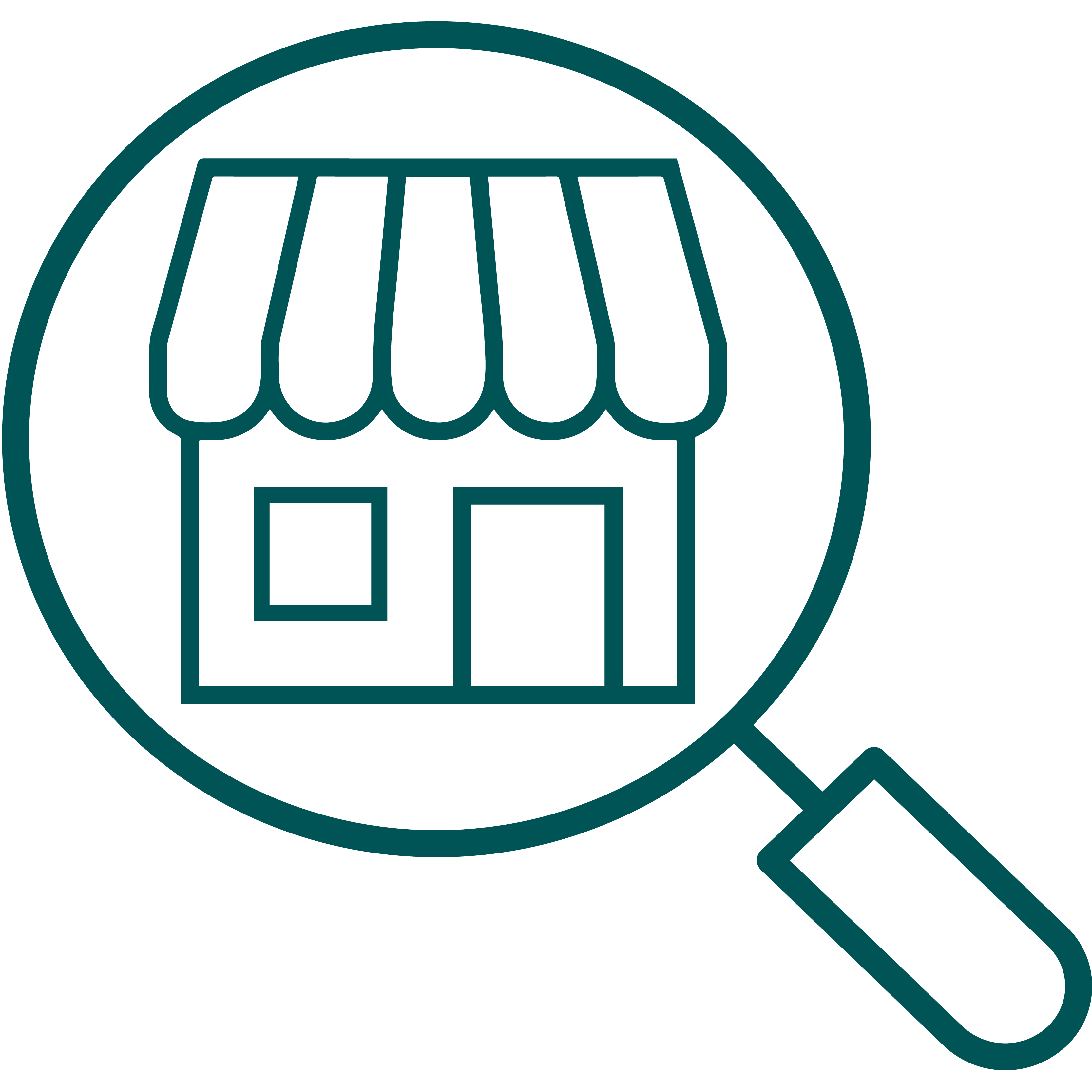
Business Flood Resilience Assessment – is delivered by Brisbane Sustainability Agency. Business Flood Resilience Assessments provide businesses or business property owners with a tailored on-site assessment conducted by expert flood resilience assessors.
Following the assessment, participants receive a Flood Resilience Assessment Report that raises awareness of flood risks and identifies design, engineering and construction options that can improve the building’s flood resilience. This includes physical changes and resilience actions that can increase a property’s ability to withstand multiple and substantial inundations of water and significantly reduce the effort, cost and time to recover from future flood events. Where applicable, building owner or landlord consent may be required to participate.
Learn more about flood-resilient design techniques.
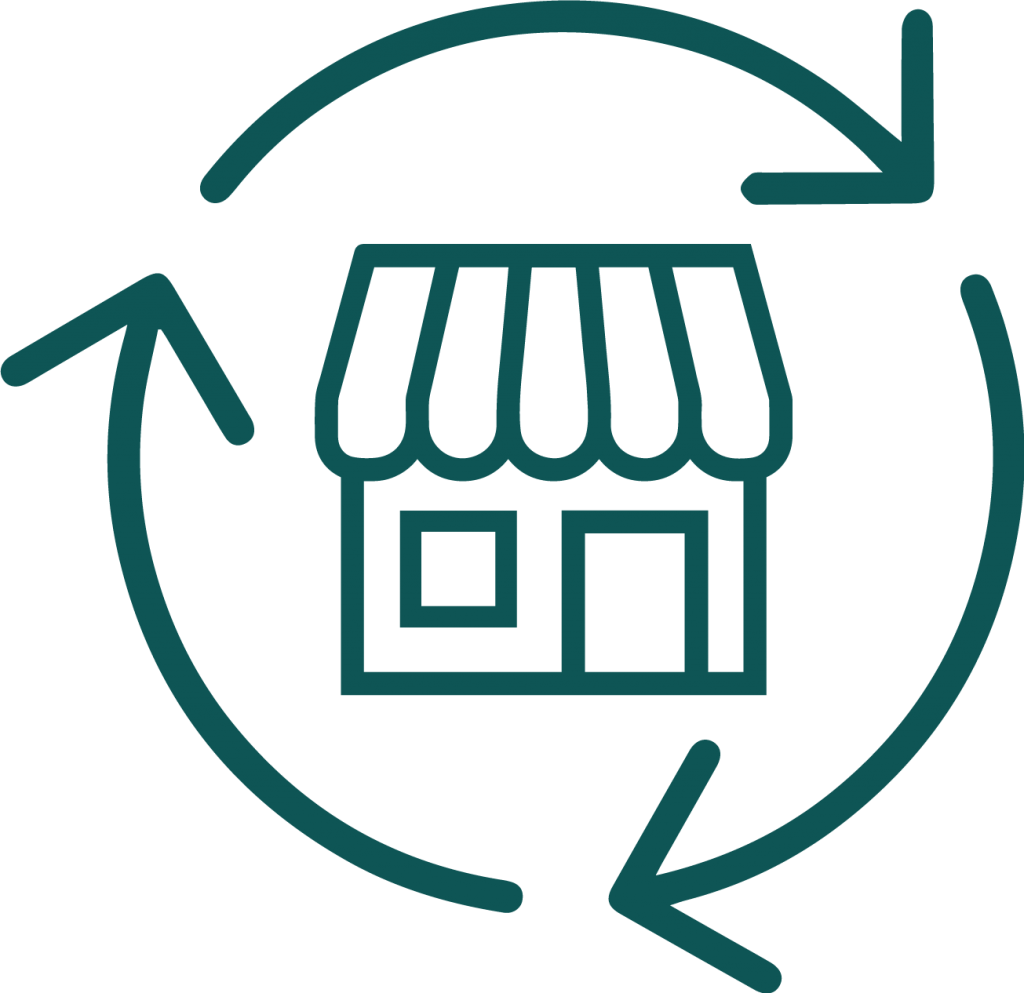
Business Flood Continuity Planning – is delivered by Brisbane Economic Development Agency. The Business Flood Continuity Planning provides businesses or business property owners with a tailored plan that can be used to prepare, respond and recover from future flood events. An expert visits to learn about the business operations and then develops a business continuity plan that can be used and updated in the future. Further information on this Program and eligibility can be found here.
Impact on community resilience
The Flood Resilient Suburbs – Business Resilience Program completed 71 food resilience assessments for businesses or business property owners in Brisbane. This initiative, part of the broader Flood Resilient Suburbs Program, has significantly enhanced community resilience by educating businesses about flood risks and providing practical solutions to mitigate the impacts of flooding.
By incorporating measures such as tailored on-site assessments, Flood Resilience Assessment Reports and tailored Business Flood Continuity Plans, the program has helped businesses prepare for and recover from flooding.
Eligibility
The Flood Resilient Suburbs – Business Resilience Program closed June 30, 2024.
All businesses were eligible for one of two services offered as part of the program: a Business Flood Resilience Assessment or Business Flood Continuity Planning. Businesses were eligible if the building:
- is located within the Brisbane City Local Government Area
- has a 50% chance of overland flow and/or creek flooding each year, or a 1% chance of river flooding each year or was impacted by the February 2022 severe weather event.
If your business is vulnerable to flooding, we recommend considering flood-resilient building and design techniques and visit Brisbane City Council’s Flooding support for businesses for more information.
If you’re unsure of your property’s percentage chance of overland flow and/or creek flooding, you can download a Floodwise Property Report from Brisbane City Council’s Flood Awareness Map.
Tidal flooding is the temporary inundation of low-lying areas and streets during high-tide events, such as at full and new moons. The highest tides of the year may be known as king tides. Areas connected to the foreshore and tide-affected areas of the river, tidal creeks and other waterways are susceptible.
What is flood-resilient design?
Flood-resilient design is the use of materials, construction systems and design types that can withstand substantial and multiple inundations of water by actively mitigating the effects and minimising the cost of flooding. Flood resilient design enables business and property owners to take action before a flood event, easily clean and quickly move back in after such an event with minimal long-term disruption. By implementing flood-resilient design measures, business owners can actively mitigate or minimise the effects of flooding.
View below for examples of flood-resilient design and building solutions in practice in a Brisbane home. Many of these techniques can be applied to businesses:
We recommend investigating flood-resilient building and construction techniques for your business. To do this, begin by reading the relevant resources below.
More information
If you would like more information about the Flood Resilient Suburbs – Business Resilience Program or flood resilient design generally, read our frequently asked questions, can contact Brisbane Sustainability Agency on 07 3007 7013 or email admin@sustainablebrisbane.com.au
Be prepared for flooding
Brisbane City Council is committed to creating a more resilient city by ensuring residents, businesses and organisations are better prepared to endure future severe weather events. The free tools and information accessed through the below links can help Brisbane residents, businesses and organisations understand their property’s flood risk and how to prepare for future flood events:
Flood Awareness Map – To identify the likelihood and sources of flooding that may affect your property, sourced from the latest flood studies and models.
FloodWise Property Report – Download a FloodWise Property Report to understand the risk and type of flooding at a specific property to enable you to plan and build new habitable floor levels in accordance with Brisbane City Council’s requirements.
Brisbane Severe Weather Alert Service – Sign up to receive free alert notices of severe thunderstorms, destructive winds and potential flooding.
Visit Council’s be prepared web page for more information on how you can prepare yourself and your property for severe weather events.
Flood preparation, recovery and emergency phone numbers
Life-threatening emergencies: 000
Brisbane City Council: 07 3403 8888
State Emergency Service (SES): 132 500
Energex (power lines): 13 19 62
Queensland Urban Utilities: 13 26 57 (13 23 64 for emergencies)
Community Recovery Hotline: 1800 173 349
Lifeline: 13 11 14
For more information and resources on flood recovery, view our Flood recovery and resilience resources.


